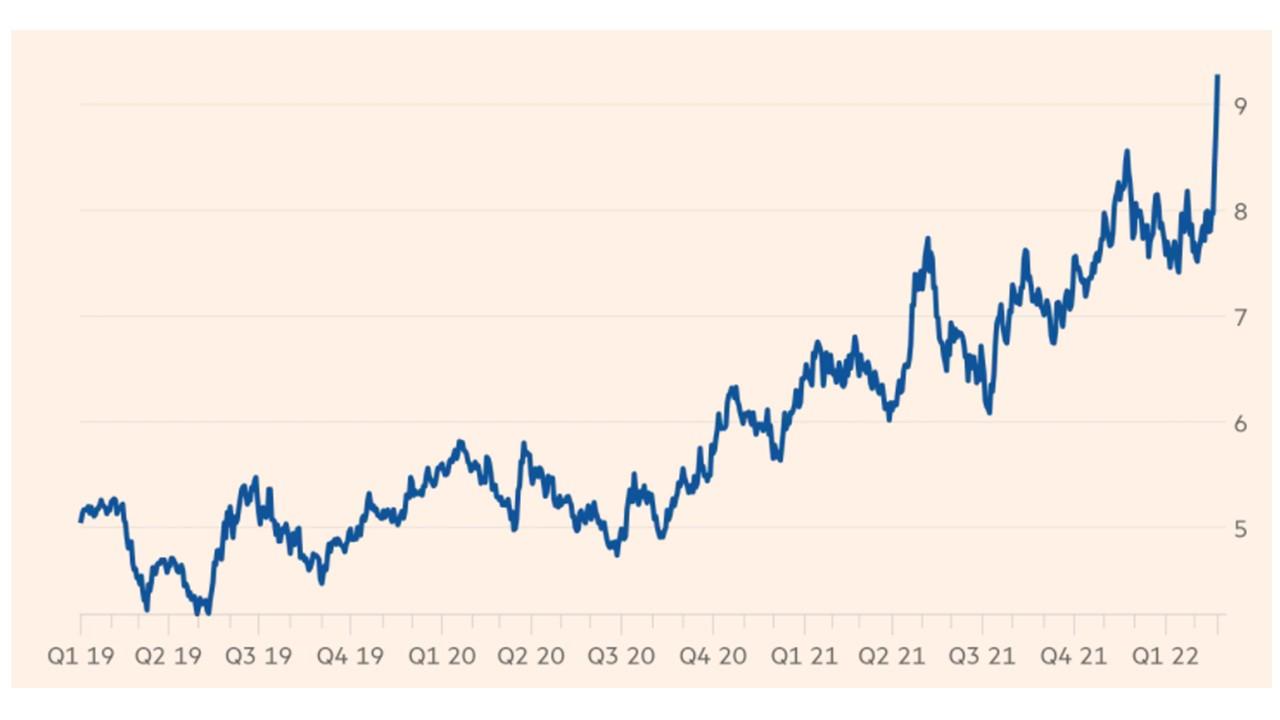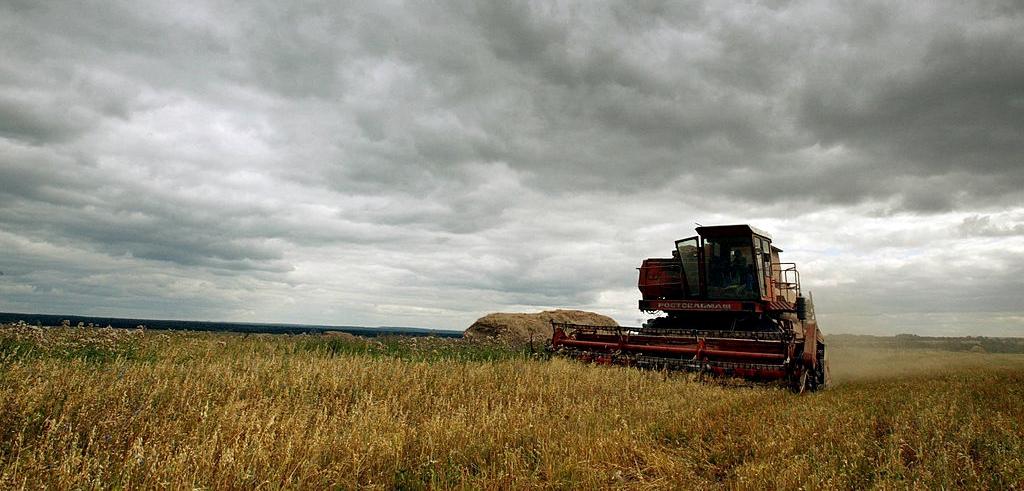Will There Be a Wheat Shortage Amid the Russia-Ukraine Conflict?
Russia and Ukraine are some of the world’s largest wheat exporters. What does the Russia-Ukraine conflict mean for the global wheat supply?
Feb. 25 2022, Published 12:50 p.m. ET
The Russia-Ukraine conflict has already proven deadly, with hundreds of people dead and injured as Russian troops invade Ukraine from every direction. The consequences are far-reaching, ranging from industry to industry and from nation to nation. One factor — the global wheat supply — is in question as a full-on war potentially looms.
Here’s what we know about the state of wheat as Russia and Ukraine, two nations that account for a third of global wheat exports, face off.
Russia and Ukraine account for a third of global wheat exports.
According to the U.S. Department of Agriculture, Russia and Ukraine combined account for a third of global wheat exports.
In comparison, the U.S. accounts for just 13 percent of global wheat exports — down by about half in the last two decades.
More than two-thirds of wheat around the world goes to food while 20 percent supplies livestock feed. Global operations use the remaining portion for seed, industrial use, and other uses.
Prices are rising and supply chains are cracking.

CBOT Wheat Prices ($ per bushel)
Wheat prices were already at 10-year highs prior to the start of the conflict, with 20-percent growth occurring YTD.
Because of the conflict, commercial vessels are banned from Azov, an inland sea that connects to the Black Sea. While roads and land borders remain open, Ukrainian ports are all closed. This directly impacts exports from the nation. A reported 90 percent of grain exports from Ukraine leave by sea.
It isn't clear when the ports will reopen. With Ukraine President Volodymyr Zelensky ordering all men ages 18–60 to stay in the country, signs of a full-on war are flashing.
Expect a potential wheat shortage and more if the Russia-Ukraine conflict continues.
The Russia-Ukraine conflict is impacting more supply chains than just wheat. Together, the two nations account for a fifth of cord trade and nearly 80 percent of sunflower oil production.
Global shortages and upward price pressure are likely to occur on these commodities. RBC analyst Helima Croft told reporters, “The food price inflation risk stemming from this conflict appears acute.”
As the U.S. continues to experience hyperinflation, even higher prices in the food and beverage sector could hurt consumer spending. For nations like Lebanon and Libya — who get 50 percent and 43 percent of their wheat from Ukraine, respectively — the impact will be immediate and harsh.
While the U.S. does produce some wheat, the percentage has dwindled over the years. Also, sky-high energy costs will make food production more expensive domestically. Natural gas is the main ingredient in fertilizer, and gas is required for producing and transporting wheat.
Ultimately, Russia invading Ukraine has a ripple effect that swells far past eastern European borders. Food and beverage supply chains across the board will feel the heat and prices are bound to rise. All the while, human casualties will continue to surface on the front lines.
For Ukraine itself, the commodities market has already stopped trading, which means that a wheat catastrophe won't put downward pressure on the Ukraine stock market — for now.


